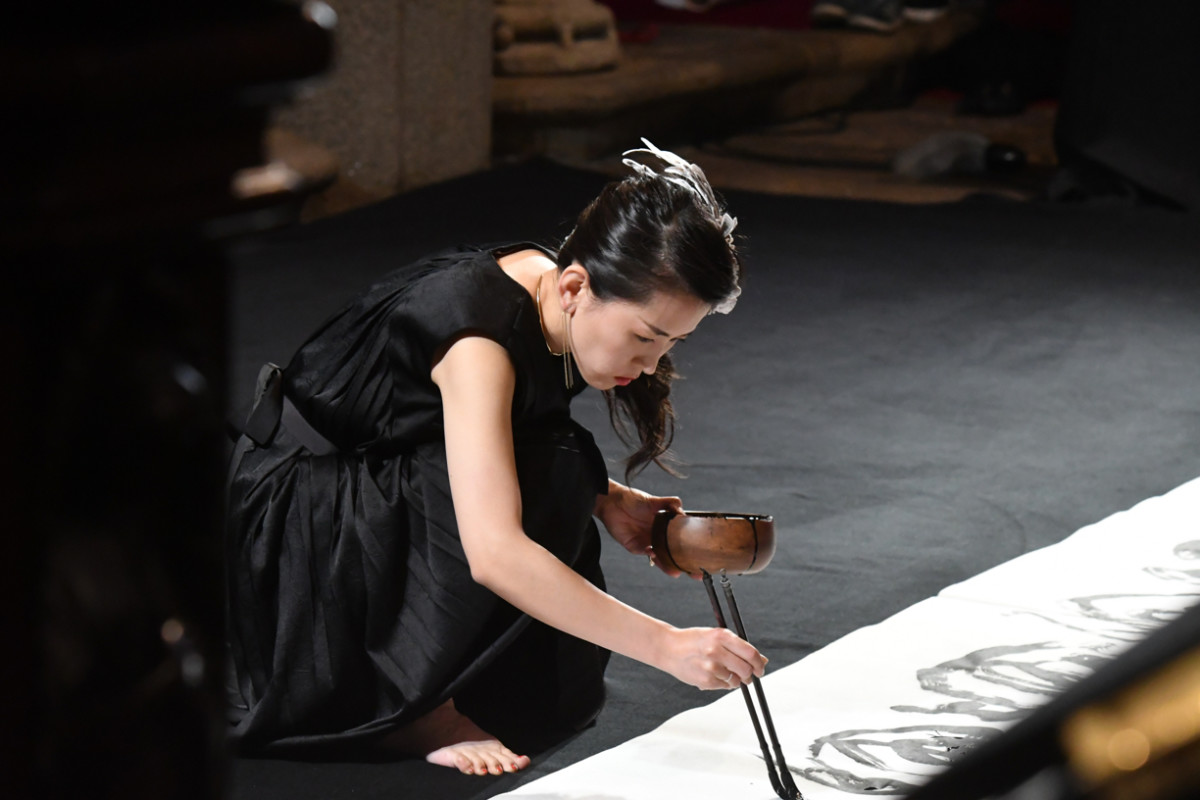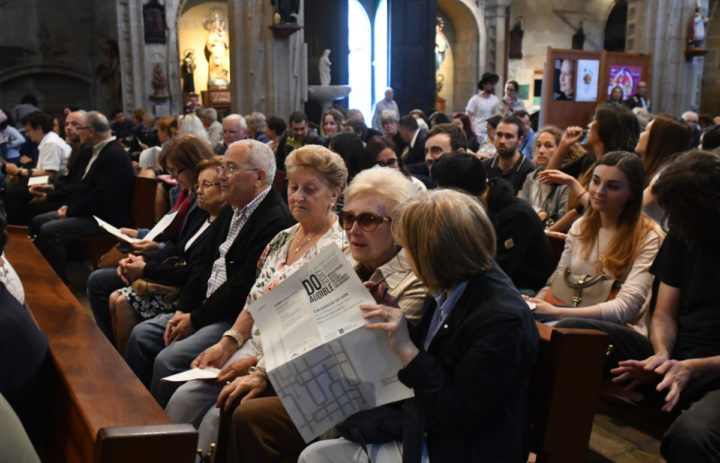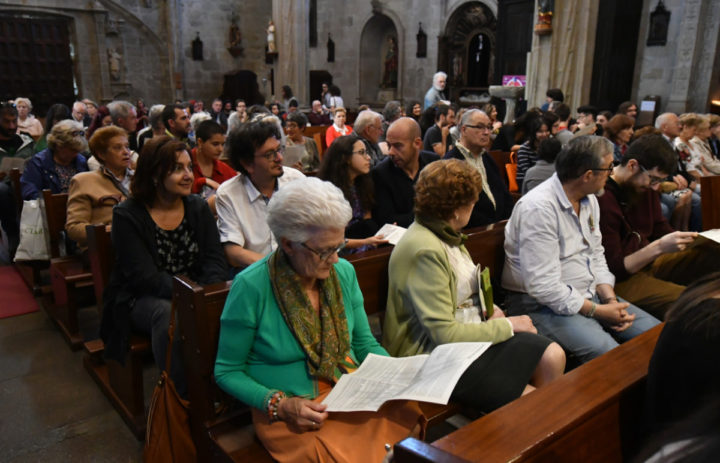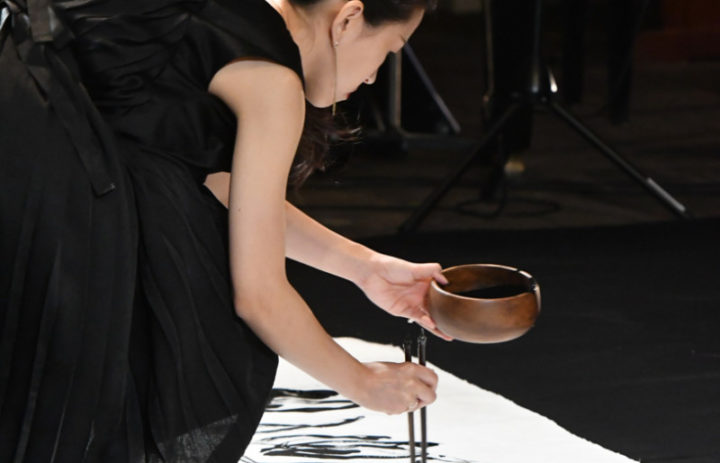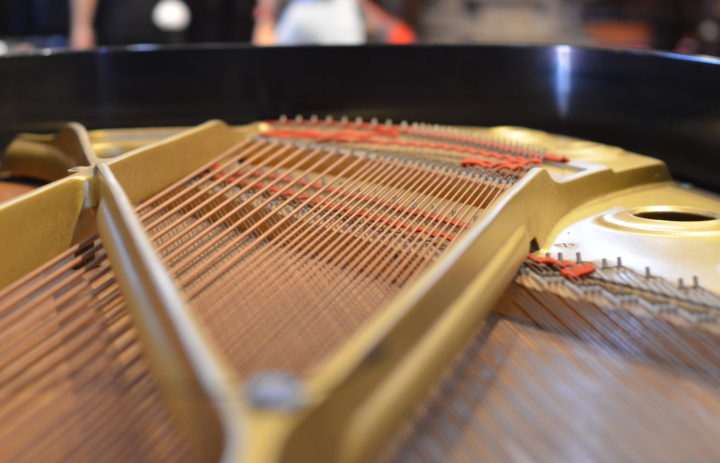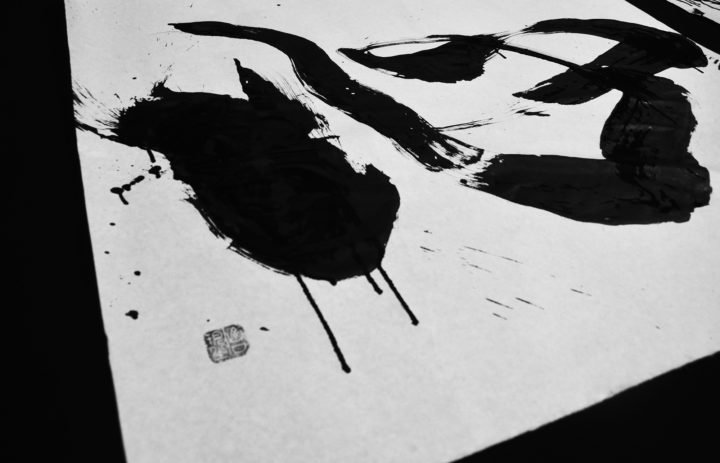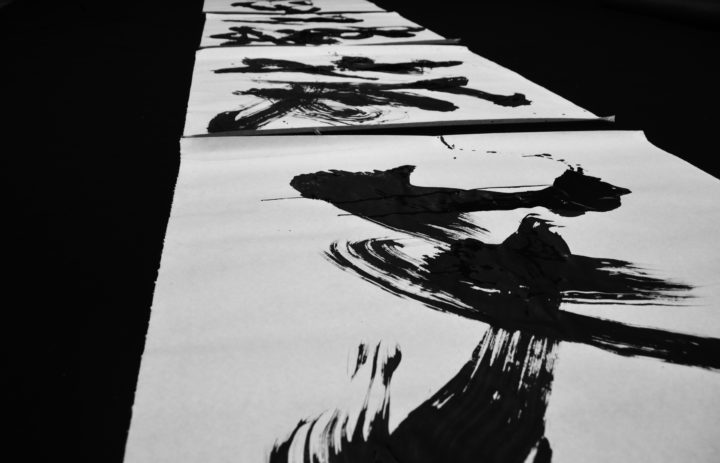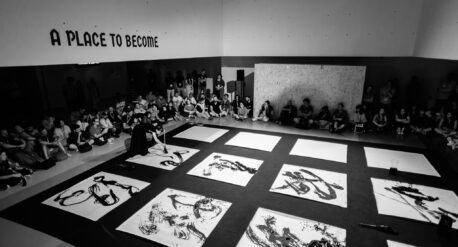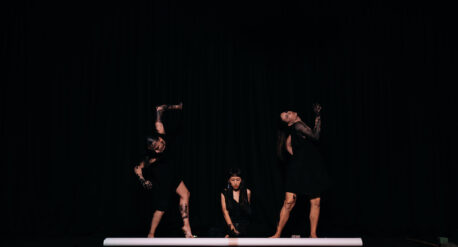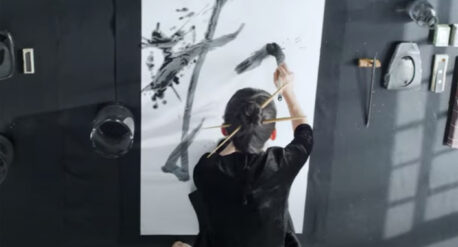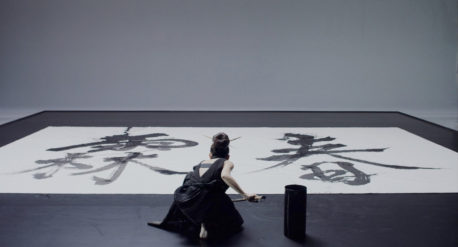“Music is calligraphy using sounds painted on the canvas of silence.”
– Toshio Hosokawa
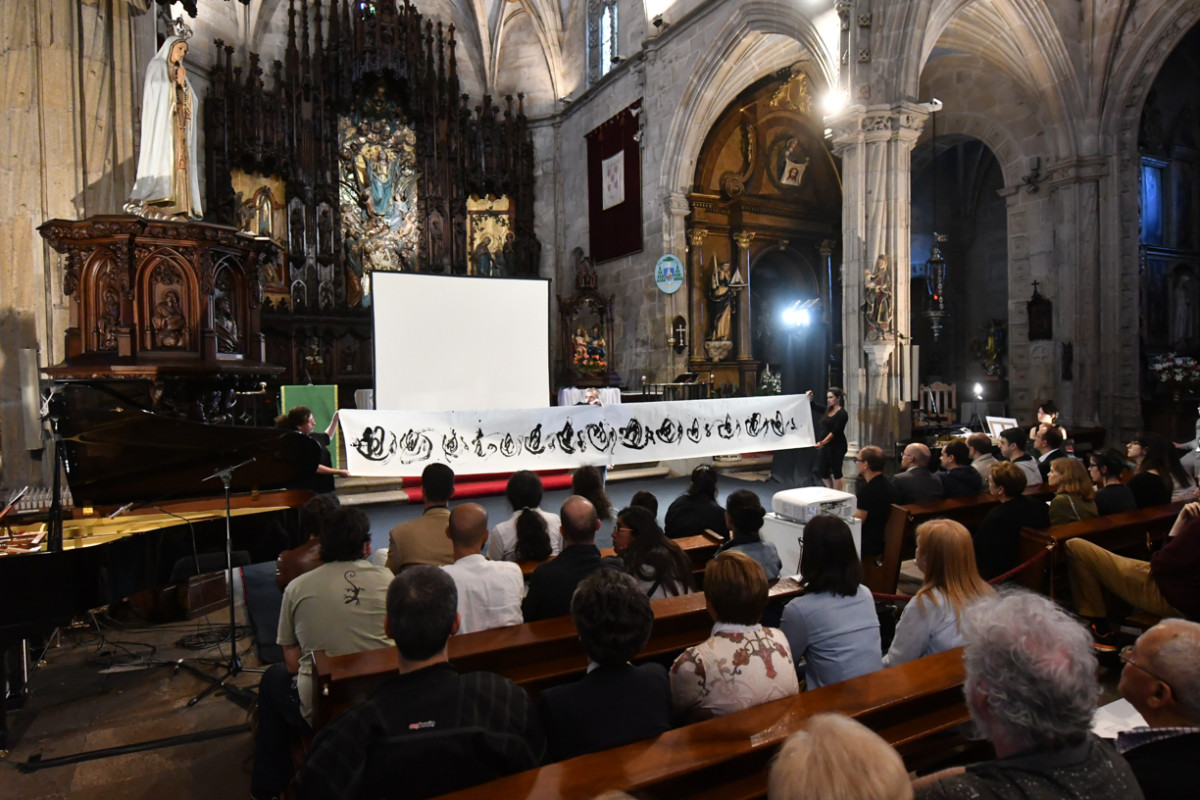
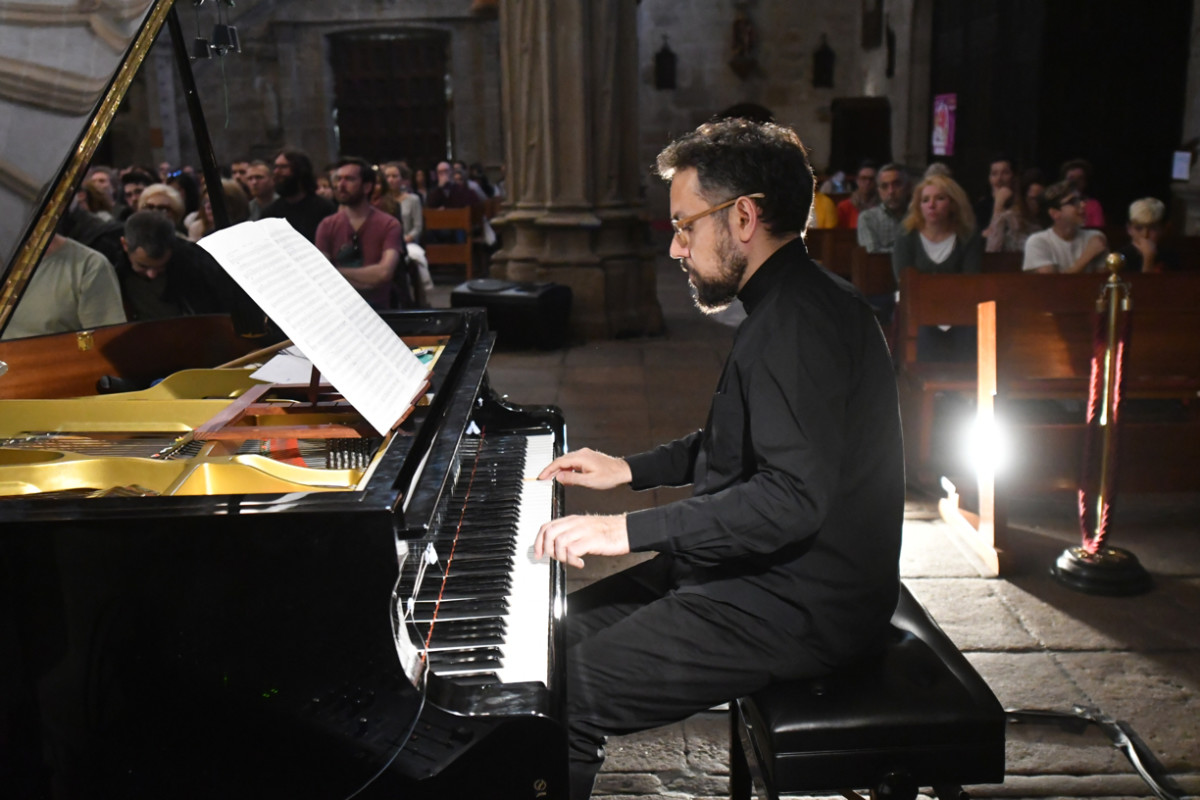
PROGRAM:
Hosokawa: Melodía II (1977)
Hosokawa: Étude III – Haiku (2013)*
Takemitsu: Corona I Study for Vibration – Blue
Hosokawa: Étude V – Anger (2013)*
Takemitsu: Corona II Study for Intonation – Red
Hosokawa: Étude VI – Lied (2013)*
T. Takemitsu: Corona III Study for Articulation – Yellow
T. Hosokawa: Souvenir aus Japan –Sakura– (2007)**
T. Takemitsu: Corona IV Study for Expression – Grey
T. Hosokawa: Yoru no Kuni (1981) ***
T. Takemitsu: Corona V Study for Conversation – White
* Spanish premiere
** world premiere
*** re-premiere
Project Details
"Music is calligraphy that uses sounds painted on the canvas of silence" —
Inspired from this quote of the renowned Japanese composer Toshio Hosokawa, the program features the art of ink of the calligrapher and the music of Hosokawa and his acclaimed master Tōru Takemitsu entwine to create an unique performance show.
Shodō (書 道), Japanese calligraphy, is one of the most beautiful arts in Japan and has a profound philosophical sense. For each line and every point, its beginning, its direction, its form and its wording are very important; the balance between all the elements, and even the empty space between them, everything composes a vast meaning as a whole. Although in the strict sense it is not more than beautifully written handwriting, the calligraphic works materializes one of the basic principles of Japanese aesthetics, Wabi-Sabi (侘 寂), which suggests qualities such as impermanence, humility, simplicity, asymmetry and rusticity, between others.
In this program, the two-dimensional art of Japanese calligraphy is transformed into the art of physical expression as a performance. From Toshio Hosokawa’s several historical pieces will be presented: two releases in Spain, the reinterpretation of a score of 1981 — perhaps and recently recovered — and the world premiere of Souvenir aus Japan. In addition to the dialogue between strokes and sound, another intense conversation between the music of Hosokawa and his artistic model Tōru Takemitsu — Vertixe Sonora’s own pianists David Durán and Haruna Takebe presented their interpretation of Takemitsu’s graphic score Corona for Pianist(s) (1962), which made a rare appearance.
____
Aoi Yamaguchi, caligrafía. Masako Hattori, videocreación. VERTIXE SONORA [intérpretes neste concerto] Haruna Takebe e David Durán, pianos. Presented by CGAC (Centro Galego de Arte Contemporánea) (Galician Center for Contemporary Art) with Cultura galega - Xunta de Galicia, with Vicerreitoría do Campus de Pontevedra, Fundación Japón, Casa Galicia Japón ガリシア日本協会, Departamento de Xaponés das EOIs de Vigo e da Coruña. Photos © Diego Torrado (Courtesy of http://pontevedraviva.com/), © Paco Yáñez.

